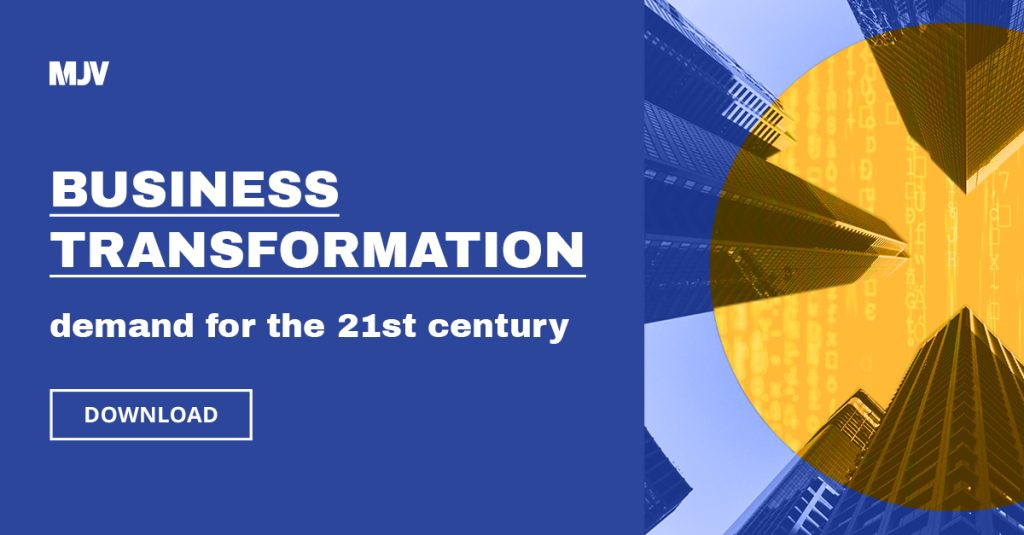Gamification in Change Management to support Digital Transformation
Gamification helped a global home improvement supplies retailing company engage 9,000 employees in a Digital Training Platform
Driven by their essentially innovative culture this large multinational home improvement supplies retailing company was going through the process of digitally transforming their entire ecosystem of stores and supply chain.
In order to reduce any potential negative impact in operations and sales performance due to this big change, approximately 9,000 employees would need to be trained, from back office to cashiers, supply chain, stock, sales, for internal communication and customer service.
The challenge was creating a training solution that could not only cater to the different needs of all different areas in the company but also be able to motivate and employees and manage their progress remotely. On top of that, this platform would also need to aid the change management process as the change of systems in a large company can often lead to a lot of discomfort in all points of contact.
Gamification in Change Management
According to a study performed by Gartner, 50% of all organizational change fails, 16% is unclear and only 34% is clearly successful. When change isn’t well managed employee performance is directly affected.
With that in mind, MJV suggested the use of Design Thinking to deeply understand the particular needs of all stakeholders involved and Gamification to facilitate change management.
70% of companies present in the Global 2000 list, the main ranking for companies worldwide, already use Gamification techniques to deal with the challenges of the business.
Compared to traditional training processes gamified solutions have proven to be a more efficient option, thanks to its high rates of people engagement and retention of the content learned.
Some of the main benefits of a gamified solution are:
- Ludic representation of a concrete task to be performed;
- Engagement of employees in the learning process;
- Instant feedback on the content learned;
Employees as focal points
The concept behind the system required by the client centralizes and speeds up several processes that used to be carried out by the employees themselves, whether due to the absence of some functionalities in the previous system or due to the distribution of several processes across different platforms.
During our immersion in the company, interviews were carried out with employees to understand under which conditions the market information was delivered to them and how they reacted to these and other processes daily. It was then that we noticed the need to take greater care with employees.
Some important concerns were identified throughout the process of changing systems. One of them was the fear of not adapting to the new system. And secondly, a feeling of risk with regards to maintaining their jobs, whether it be due to a lack of adaptation or by having their jobs automated.
Gamification for training: a world of possibilities
To meet the needs of the project, the team idealized the game metaphor and mechanics created the learning content and undertook the development of the system itself.
The game had a spatial concept, where users were explorers who needed to discover unknown worlds and territories and each world corresponded to an area affected by the change. The unknown territories contained content that made the players aware of information that would prove important and useful in their day to day activities.
The game mechanics included scores, ranking, trophies, avatars, teams and other functionalities. There was also a forum module, where players could share their experiences with each other.
Solution: advanced technology and training
The technology used in the solution relied on the latest in the market with regards to storage, safety and scalability, with a high-performance software.
The tool also had a parallel platform that offered autonomy to the client to manage the content and follow the training metrics in real time. In this environment, it was possible to check the individual and collective performance of employees, which made the platform a medium for constant feedback on the internal processes.
After prototyping the Project, the company began implementation at the stores training of approximately 9 thousand employees with the gamified platform. The process of replacing the systems in all the stores and the implementation of the training of all employees lasted one year.
The international stakeholders of the company were very impressed with the direction of the solution and are studying the possibility of implementing the platform in their French headquarters.
Back

